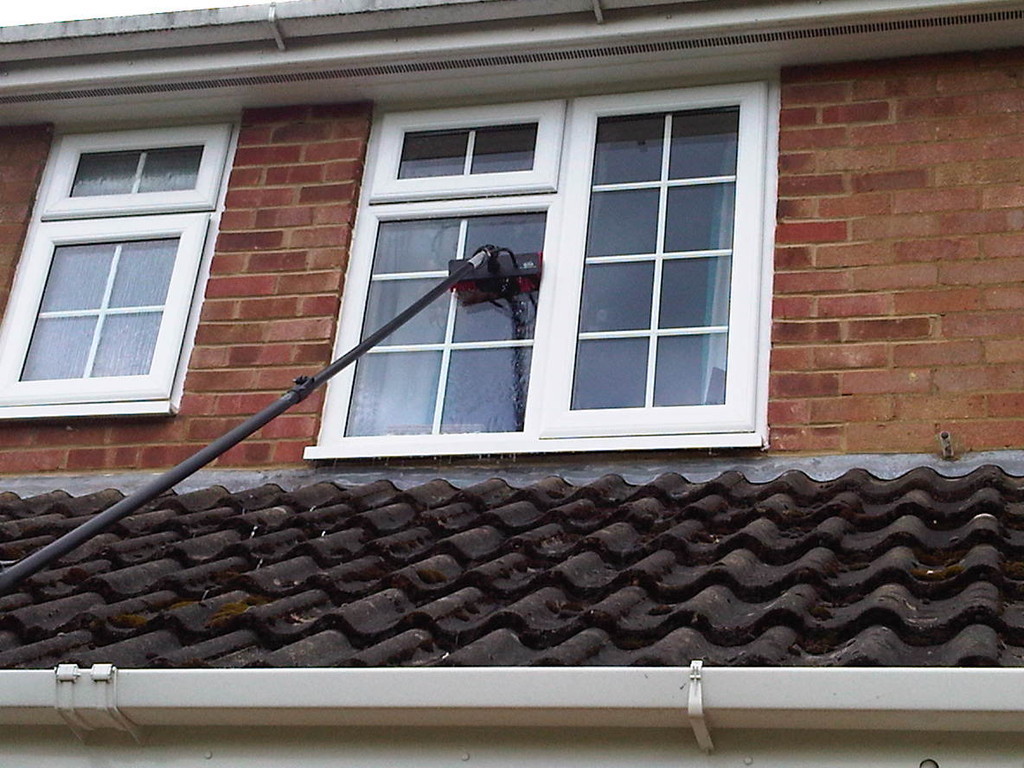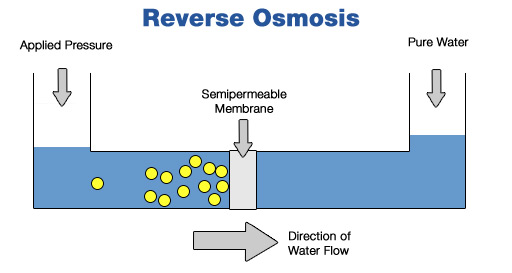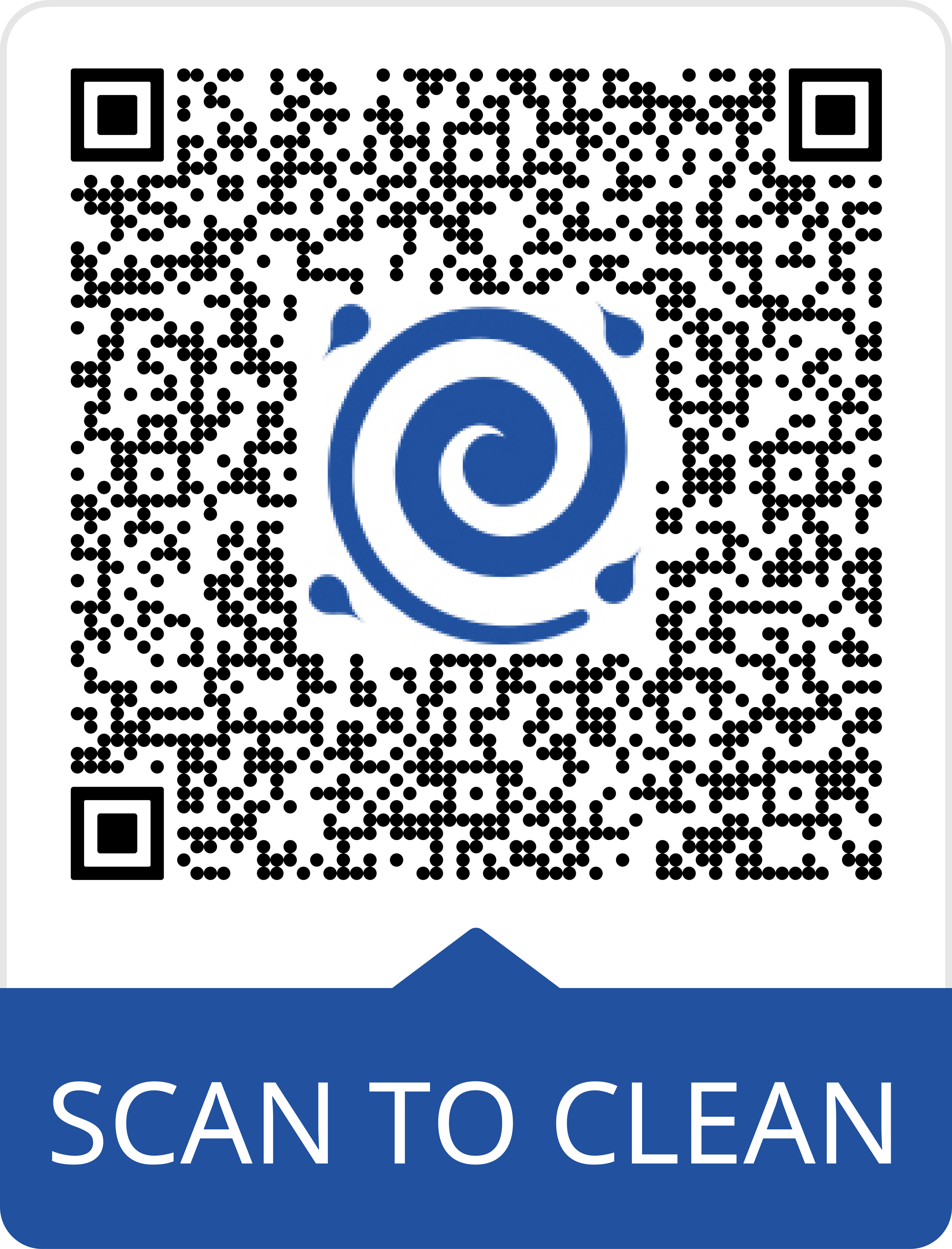Best Way To Clean Windows
Water Fed Poles: Future of window cleaning ?
Keeping a professional-looking profile is very important in this era of highly competitive businesses. But what is the best way to clean windows even the most old-fashioned thinker would likely credit the look of a company’s base of operations with at least part of its reputation. Simply put, if a building looks classy and clean, the company inside is likely to also have those traits as part of their nature.
Have you ever wondered just how these buildings with the immense glass facades are kept looking so shiny and clean? There are many different ways, including the traditional window washers on a gondola. However, one popular method that gets results is cleaning using water-fed poles. The name of the method is pretty indicative, and there are no surprises there – the telescoping poles that are used have water running through them, from the water source to the glass panels themselves.
Water is pumped through the poles, which can telescope and lengthen in order to reach the various glass panels that need cleaning; the poles typically have cleaning brushes attached to their ends. After using the wet brushes to clean the windows, the panels are then left to dry naturally. Depending on the telescoping poles used, cleaners can use this system to clean windows located up to 70 feet from the ground.
Water Faucet is Impure
Big deal, right? This is how everyone cleans windows. That reaction is not uncommon, mainly because people don’t realize one very important thing: the water is the secret. Water straight from the faucet is actually impure – there are minerals and sediments that change the composition of the water from levels subtle to noticeable. These impurities occur naturally, but can cause big problems when they affect how well the water is used to clean glass. If you’ve ever washed a car and left it to dry only to see streaks and spots all over it, this is why. As such, the water-fed pole system of cleaning windows needs to use “pure water”, which it does.
Clean Focus Uses PURE Water
Water purity is measured in PPM, or parts per million. Perfectly pure water has 000 PPM, which would be unrealistic to expect out of the tap – this typically gets us 050 PPM (‘soft’ water) to 400 PPM (hard water), or perhaps somewhere in the middle. Either way, not pure – but it helps to remember that the further away the number is from 000, the more purification is required to bring it to the standard for cleaning.
Reverse Osmosis: Cleaning Impurities
Reverse osmosis or RO is the typical method used to start cleaning out the impurities. This is done through a series of filters that steadily remove the impurities – the sediment and minerals – and allow the water to pass through. RO filters produce two types of water: recyclable waste water, or the water still containing the remaining impurities, and treated water. RO filters aren’t lifetime purchases and will need to be replaced, especially if they are processing fairly impure water. Choose one depending on whether its GPD (gallon-per-day capability) matches your needs – there are 200 GPD and 700 GPD models.
Reverse osmosis is typically followed up with deionization, because reverse osmosis only gets the water so purified. The water passes through the deionization or DI chamber, which contains a special resin that then polishes the water until it has reached the desired level of purity for use. Like the RO filters, the DI chamber will need regular maintenance and changing.



